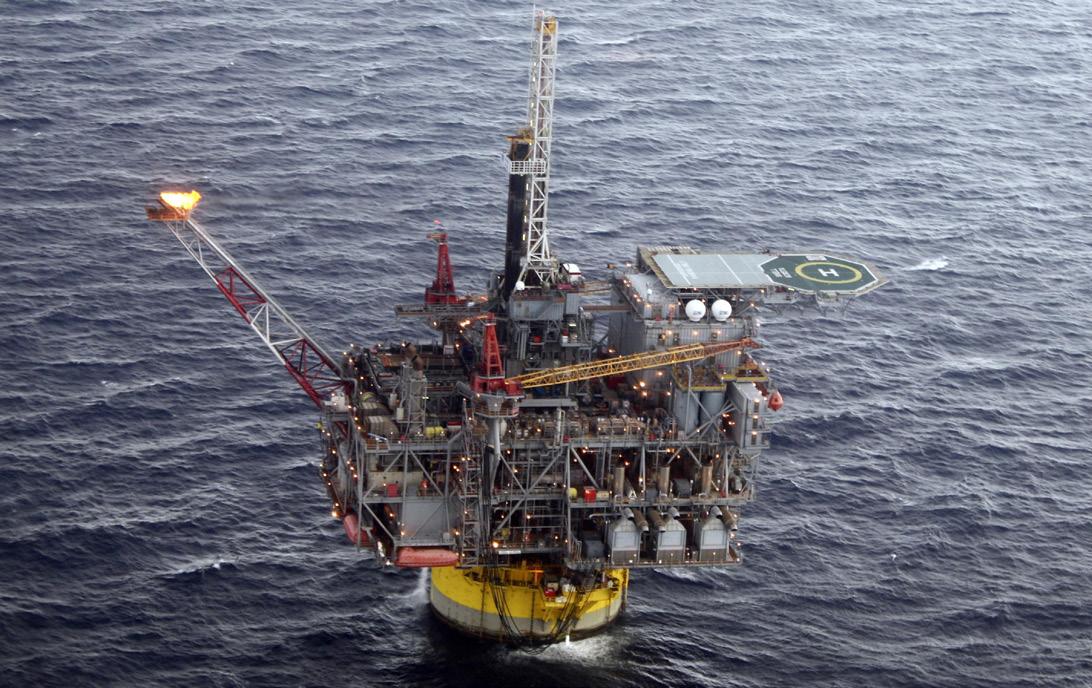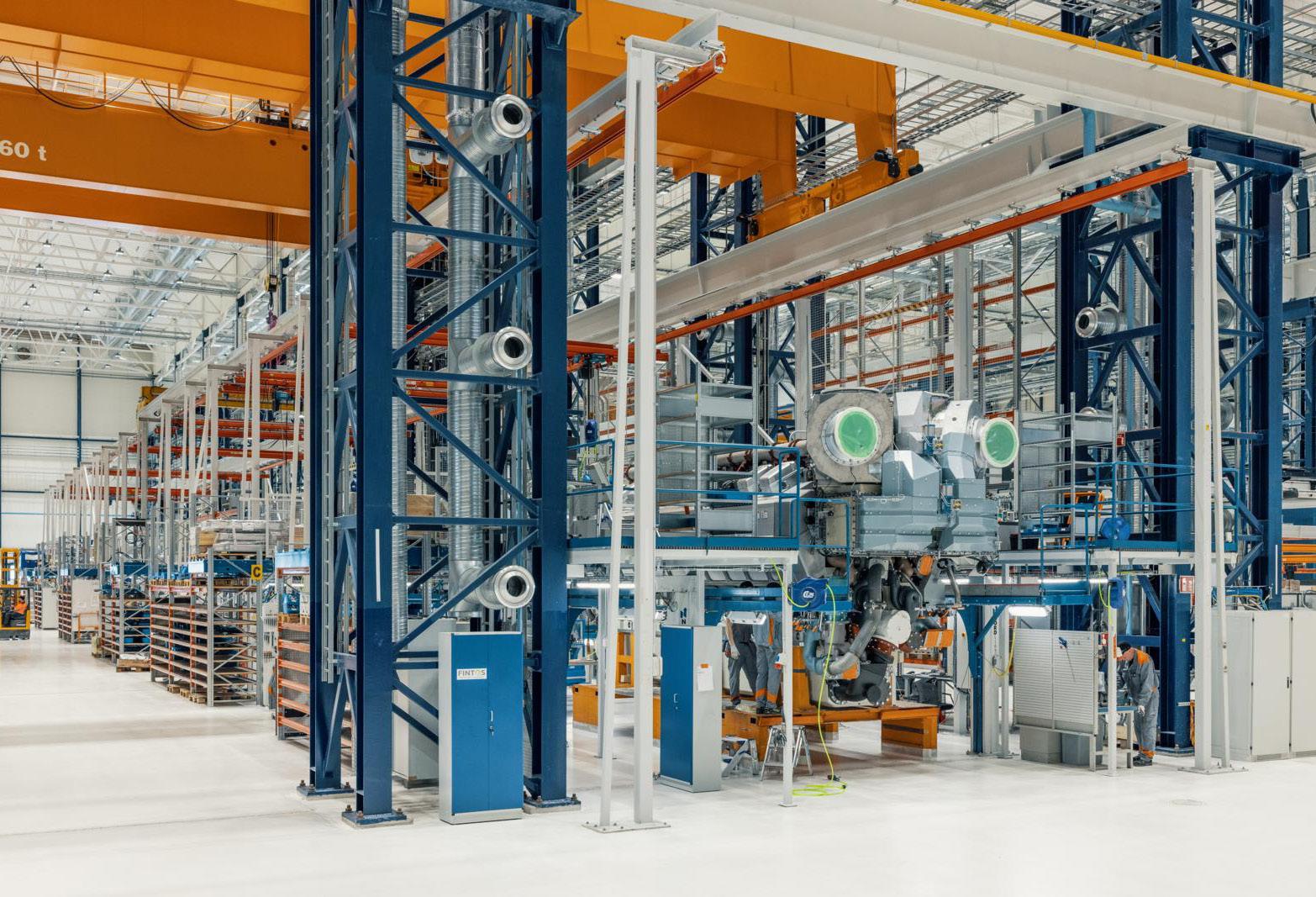Machinery Repairs Wärtsilä opens its latest STH During last week, Finland’s Wärtsilä Corporation opened its €250m highlyimpressive new technology centre, the Sustainable Technology Hub (STH), in Vaasa, Finland. The new centre will contribute to efforts to advance the global decarbonisation of marine and energy by fostering innovation, collaboration, and the development of green technologies using sustainable fuels and digital technologies. The STH is designed to allow Wärtsilä to meet IMO’s carbon-free targets by the year 2050. This is important as many ships now being ordered and built will have to meet these new requirements and Wärtsilä believe that the move towards alternative fuels during ships’ lifetime will be affected. The new STH will allow Wärtsilä to have much-needed conversations with shipowners/ managers to help in the move toward their fleets being compliant within the necessary time frame. Wärtsilä is keen to point out that this applies not only to owners/managers of large fleets, but also the smaller companies, which operate fewer ships. “The speed at which the marine and energy industries are moving to meet decarbonisation goals is accelerating. The STH, a world-leading centre for research, innovation, engineering
and manufacturing, marks the start of a new era for Wärtsilä. By taking advantage of innovative technologies that already exist today - we can speed up the development of future-proof engines capable of running on sustainable fuels. We can now demonstrate that a carbon neutral future is achievable,” says Håkan Agnevall, President and CEO of Wärtsilä Corporation. Wärtsilä already has engines operating on carbon neutral fuels. This year the company released its Wärtsilä 32 Methanol engine to the market, and within 2023 an ammonia concept will be ready. A hydrogen concept is expected to be available in 2025. The first order for a methanol-fuelled engine has already been received from Holland’s Van Oord for a new Offshore Wind Installation Vessel (WIV) being built at Yantai CIMC Raffles shipyard in China. This vessel will be powered by five Wärtsilä 32 engines capable of operating with methanol. Wartsila has a long experience with LNGfuelled vessels; Stena Line’s ro/pax ferry Stena Germanica was converted to LNG fuel (one of the first) in 2015. One of the latest orders for such ships received by Wärtsilä was Brittany Ferries’ latest ro/pax ferry, Salamanca, for which Wärtsilä has signed a 10-year service agreement. The vessel operates on the Portsmouth (UK) to Bilbao (Spain) service. The construction of the new STH was announced in 2018. It features a modern fuel laboratory, flexible technology and engine
Wärtsilä’s very impressive Sustainable Technology Hub (STH) in Vaasa, Finland
Page 30 – www.shipandoffshorerepair.com
testing facilities, as well as a state-of-theart production system with a high level of automation. The centre employs some 1,500 people under one roof, providing operational efficiency as well as a reduced carbon footprint in logistics. The centre has advanced energy recovery systems that enable self-sufficiency for heat energy. With the expansion of sustainable fuels, the STH is a cornerstone for achieving the company’s 2030 target for carbon neutrality in its own operations. Innovation and the development of service solutions will be an important part of STH’s output. A new, modern Wärtsilä Land & Sea Academy training centre, Customer Expertise Centres for remote operational support, predictive maintenance solutions, and the development of new digital innovations play a central role in supporting customers to optimise their operations throughout the life cycle of their assets, and to accelerate their decarbonisation journey. The centre also acts as a global ecosystem of collaboration by inviting customers, partner companies and academia to incubate, test and validate ideas. One major collaboration showcase is the Wasaline’s ro/pax ferry Aurora Botnia. Wärtsilä and Wasaline have closely co-operated to establish this vessel as one of the world’s most energy efficient and environmentally sustainable passenger ferries. The collaboration continues with the vessel used as a floating testbed for Wärtsilä’s future innovations. It is equipped with Wärtsilä’s most technologically advanced solutions and services. The ferry operates between Finland and Sweden and operates out of the ‘green’ port of Vaasa. Talking to Roger Holm, Head of Wärtsilä Marine Power, during the inauguration ceremony of the Vaasa STH, he told SORJ, “I believe that ammonia is going to be a viable alternative fuel in the not so distant future. We have been running our engines on Methanol since 2015, so we have that experience. Methanol is very easy to handle on-board a ship and it takes a bit less space. So, we know methanol. “For sure, ammonia will come soon and we are currently testing a lot on this fuel. There are a few hotspots for the use of ammonia – the Norwegian offshore industry being a prime example. Although ammonia is now available in many ports throughout the world – it is not ‘green’ ammonia. The key issue with both methanol and ammonia is that it has to be available today, but in the fossil version. It will














